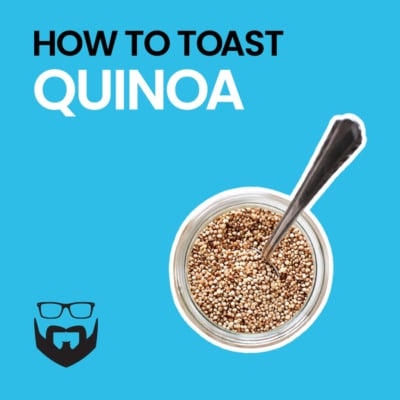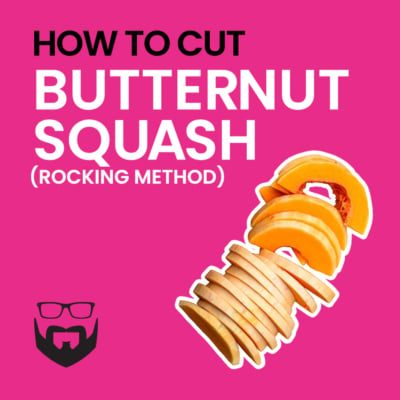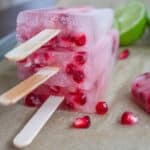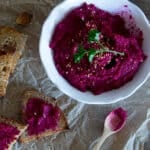Fresh lemon zest can add flavor, color, or both to a variety of dishes. It can liven up baked goods, salad dressings, pasta, and sauces. And while there are speciality tools that make zesting easy, they are hardly required.
You can get fresh lemon zest, or any citrus zest, with this food hack using items you probably already have at home.
But before you begin zesting, it is best to understand a few things. First, what is zest, and how it differs from the peel. Secondly, lemon quality will up your zesting game.
California produces 80 percent of all the fresh citrus marketed in the United States. (about 50% overall, much of the rest of the country grows citrus for juice). CA grows over 92% of the lemons available in the U.S.
What is Lemon Zest
Lemon zest is the colorful bright yellow outer layer of the citrus fruit called the rind. For limes, this is the green part and the orange part for oranges. The zest contains essential oils and an intense lemon flavor.
The zest is not the same as the peel. The peel includes the pith, the white cottony and bitter part found under the rind.
How to Buy Lemons
Great lemon zest starts with great lemons. Choose lemons that are firm, give a little when squeezed, and that are heavy for their size. There should be no green part to the skin.
Prepare Lemons for Zesting
The first thing you need to do is wash the lemons. Remove any stickers. You don’t need a fancy vegetable wash. I just use baking soda. Baking soda has been found to be more effective at removing pesticides from produce than bleach!
If the lemons are waxed, you can remove it, but it is edible too.
Zest Lemons Without a Zester
There are 2 specialty tools typically used for zesting: a citrus zester (channel knife) and a microplane. While they do make zesting easy breezy, you don’t need them to get the job done.
You can use a box cheese grater, a vegetable peeler, or a knife. They take a bit more work, but they do work. Also, an average-sized lemon will yield about 1 tablespoon of zest.
Box Grater
If you don’t have a zester or a microplane, you might have a cheese grater which works just fine. You don’t need to be fancy. It is harder to avoid the pith with this and the following methods.
- Place fruit at the side with the smallest holes.
- Move it back and forth like cheese, rotating the fruit as you go.
- Be careful of your fingers!
Vegetable Peeler
This method requires a bit more work, but it gets the job done. And if you are comfortable with a vegetable peeler, it might be the best method for you to start with.
- Peel away the yellow part of the fruit.
- Use less pressure than when creating lemon peels.
- Finely chop the peels
Paring Knife
Like the peeler method, this requires a bit of technique, but most everyone has a knife, right? I suggest a paring knife but use what you got.
- Slice one end of the lemon, so it sits flat.
- Using your knife, carefully cut away just the yellow peel.
- Finely chop the peels.
How to Store Lemon Zest
Fresh zest won’t last long, but you can keep it in the fridge for about a day. Or you can freeze it, where it will keep for about 6 months. I suggest freezing it how you typically use it so you can easily add it to your recipes. That is, freeze it in 1 teaspoon measurements, for example.
You can also dry it. Place it on a lined baking sheet and let it dry out completely. It can keep in an airtight container for about 2 years this way.
How to Store Zested Lemons
Whole unzested lemons can keep in the fridge for months and months. Not so much for zested lemons. Store them in an airtight container and use them within 3 days.






